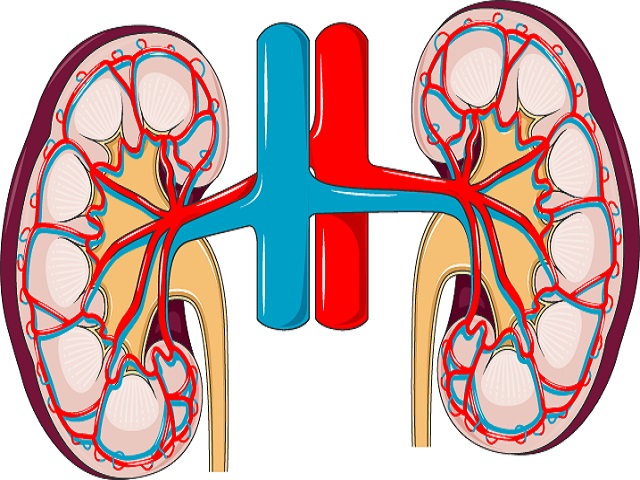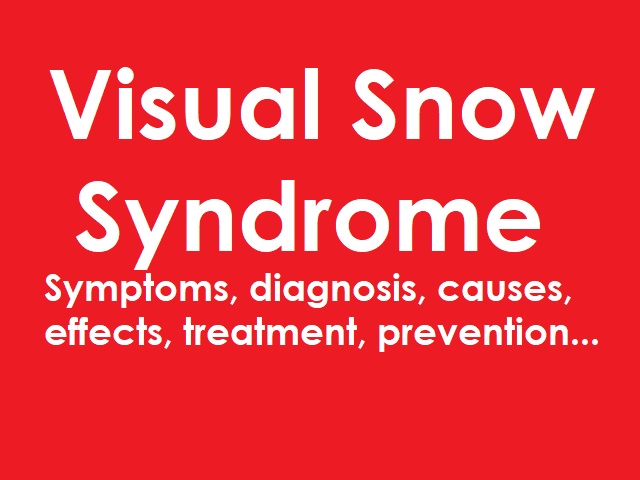10 Signs You May Have Polycystic Ovary Syndrome -- Symptoms, Causes, Effects, Treatment and Prevention
Polycystic ovary syndrome (PCOS) is a hormonal disorder that affects women of reproductive age. It is a condition in which the ovaries produce an excess of androgens (male hormones), leading to the formation of small cysts on the ovaries. It is characterized by the growth of small cysts on the ovaries and imbalances in hormone levels. This hormonal imbalance can disrupt the normal ovulation process and lead to various symptoms and health issues. Here is a brief explanation of polycystic ovary syndrome, along with its symptoms, diagnosis, causes, effects, treatment, and prevention:
Symptoms of Polycystic Ovary Syndrome:
The symptoms of PCOS can vary from person to person, but common signs and symptoms include:
- Irregular menstrual periods or absence of periods
- Excessive hair growth on the face, chest, or back (hirsutism)
- Acne or oily skin
- Weight gain or difficulty losing weight
- Thinning hair or male-pattern baldness
- Darkening of the skin in certain areas, such as the neck or armpits (acanthosis nigricans)
- Mood swings or depression
- Infertility or difficulty getting pregnant
- Sleep apnea
- Ovarian cysts
Diagnosis of Polycystic Ovary Syndrome:
The diagnosis of PCOS involves a combination of medical history evaluation, physical examination, and laboratory tests. Common diagnostic criteria include the presence of irregular periods, signs of androgen excess (such as hirsutism or acne), and the exclusion of other conditions that may cause similar symptoms.
Causes of Polycystic Ovary Syndrome:
The exact cause of PCOS is not known, but it is believed to involve a combination of genetic and environmental factors. Insulin resistance, in which the body's cells become less responsive to insulin, is thought to play a significant role in the development of PCOS. Hormonal imbalances, such as elevated levels of androgens and increased production of luteinizing hormone (LH), are also associated with the condition.
Effects of Polycystic Ovary Syndrome:
PCOS can have various effects on a woman's health and well-being, including:
- Irregular menstrual cycles and fertility problems
- Increased risk of developing type 2 diabetes and cardiovascular disease
- Metabolic syndrome, characterized by high blood pressure, high blood sugar, and abnormal cholesterol levels
- Weight gain or difficulty losing weight
- Emotional and psychological issues, such as anxiety and depression
- Increased risk of developing endometrial cancer in later life
- Sleep disturbances, including sleep apnea
Treatment and Prevention of Polycystic Ovary Syndrome:
The management of PCOS aims to alleviate symptoms, prevent complications, and improve overall health. Treatment options may include:
- Lifestyle modifications: Maintaining a healthy weight through regular exercise and a balanced diet can help manage symptoms and improve insulin sensitivity.
- Medications: Birth control pills or other hormonal medications may be prescribed to regulate menstrual cycles, reduce androgen levels, and manage symptoms such as acne and excess hair growth.
- Fertility treatments: Women who are trying to conceive may benefit from medications to induce ovulation or assisted reproductive techniques.
- Management of specific symptoms: Additional treatments may be prescribed to address specific symptoms such as excessive hair growth or acne.
- Prevention of PCOS is not possible since the exact cause is unknown. However, maintaining a healthy lifestyle and weight, and managing insulin resistance and hormonal imbalances may help reduce the risk of complications associated with the condition.
References:
Mayo Clinic. (2021). Polycystic ovary syndrome (PCOS). Retrieved from https://www.mayoclinic.org/diseases-conditions/pcos/symptoms-causes/syc-20353439
Image Attribution:
Featured image by BruceBlaus, CC BY-SA 4.0, via Wikimedia Commons

















